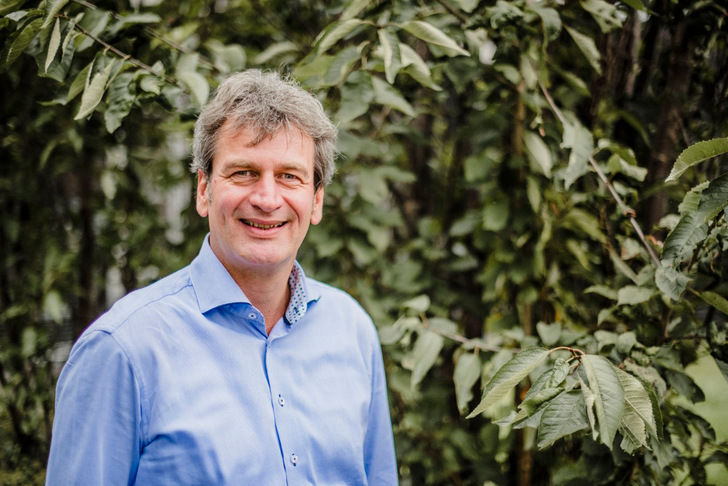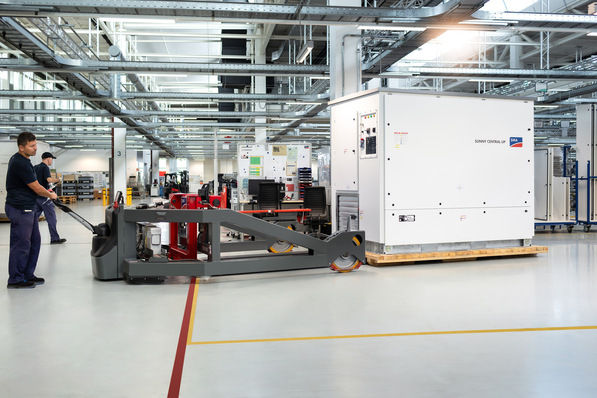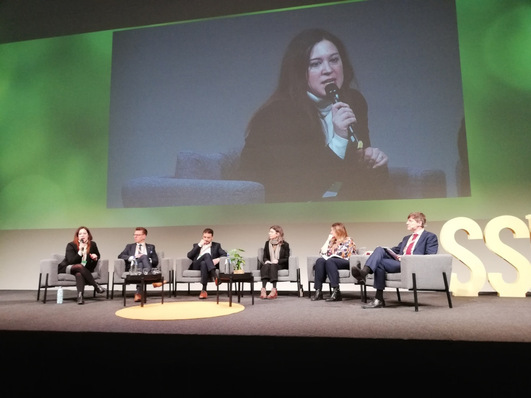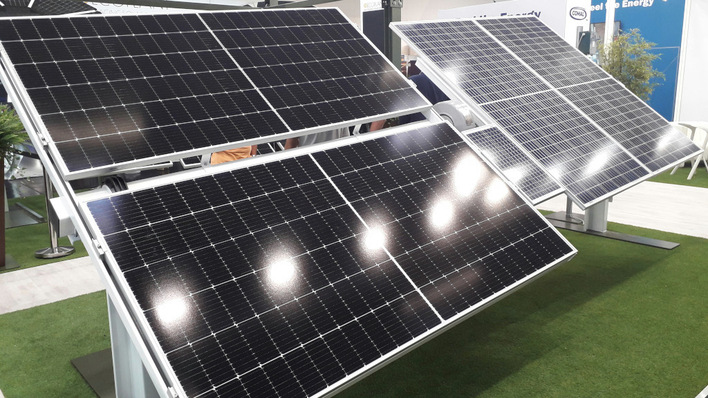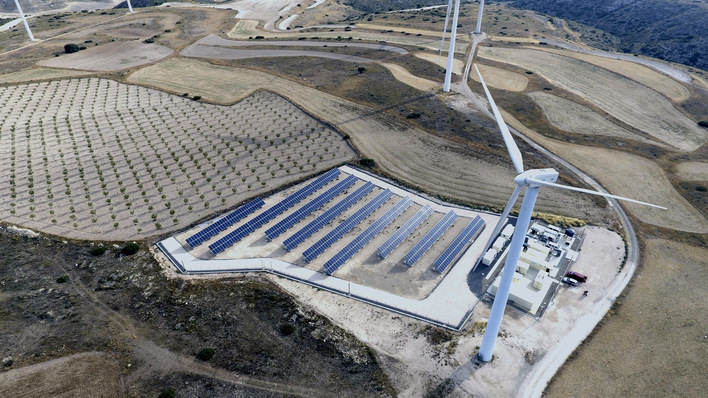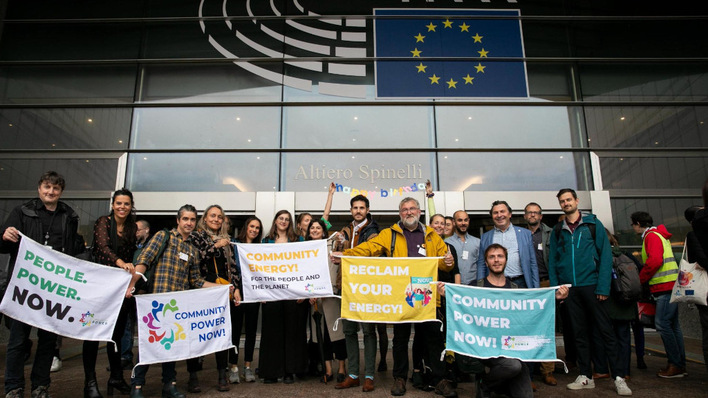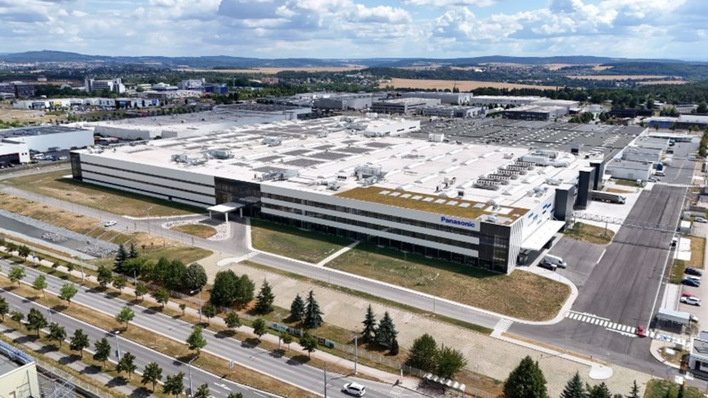"In addition, you see that Mono PERC panels are losing more and more ground compared to N-type solar panels”, Scheper says.
At the beginning of this year, the silicon suppliers managed to make price agreements among themselves and thus keep the silicon price artificially high. But that did not last because Chinese demand was disappointing and instead European orders had to be won to compensate.
In March, 7.49 gigawatts of solar panels were exported, 164.6 percent more than in March 2022. At the same time, the price of silicon fell by 11.97 percent in March. In fact, all prices of the most important raw materials and parts fell, except for the wafers, of which there is still a shortage.
Still too little supply for N-type solar modules
"A lot of that price drop is on the one hand a bit fear of recession and on the other hand the battle between Mono PERC panels and the N-type solar panels," says Scheper. "The rising demand for N-type continues, but there is still too little supply. To entice customers, the prices of Mono PERC cells and panels are reduced."
Due to this partly artificial and partly market-driven price drop, the solved port congestion, the very low container price and the stable exchange rates of the dollar, euro and renminbi, exports are increasing sharply. "It's time to make a longer-term plan again, because for now it seems to be getting a bit more stable, provided that this possible dormant recession will not actually happen."
The only question is to what extent to buy, because the enormous rush caused by households during the energy crisis seems to be over. "Installers are noticing declining demand due to lower energy prices. You don't notice that right now because of the huge order pipeline they still have, but that queue seems to be slowly drying up."
Technological development and production upscaling are going fast
The TOPCon cells with which an N-type solar panel is built degrade less quickly than Mono PERC cells and offer more power and efficiency. This is because the material from which TOPCon cells are made is purer and therefore better conducting.
"The N-type solar panel is now a mature technique, but the supply is still a bit too low compared to the demand. Yet in December you will see that about 30 percent of the Chinese solar panels supplied will be of the N-type. Many manufacturers are now rapidly building factories to meet this rapidly increasing demand," Scheper sees.
Did you miss that? DAS Solar launches its new n-type solar module in Georgia
Although the technology is mature and the production capacity is rapidly being scaled up, Scheper states that the successor technology he predicted is coming. And the next one too. The first successor is the so-called heterojunction technology (HJT), a combination of PERC cells with a layer of thin-film PV on top.
HJT PV panels the successor of N-type
Where it has long been thought that N-type and HJT solar panels would come on the market at the same time and compete with each other, HJT panels seem to be mainly the successor of N-type. N-type turned out to scale up faster, but HJT panels can achieve higher efficiencies.
"Manufacturers want to become more distinctive from each other and therefore focus on more power per square meter instead of large, larger, largest. That is what densely populated Europe is asking for. Where Mono PERC solar panels can reach up to 410 watt peak, N-type up to 425 watt peak, HJT up to 435 watt peak and ABC panels that come after that should be able to reach up to 450 watt peak."
Also interesting: Meyer Burger: Green bonds to accelerate growth
These all-back-contact (ABC's) solar panels consist of solar cells whose front is completely black with no electrode grid lines, allowing it to receive 100 percent of the sunlight. Aiko Solar is already marketing ABC solar panels with an efficiency of 23.6 percent. This claim has been confirmed by Technischer Überwachungsverein Süd, one of the three major German inspection services, reports Taiyang News.
You can download the new World of Solar Market Report 2023 for free here (hcn)


